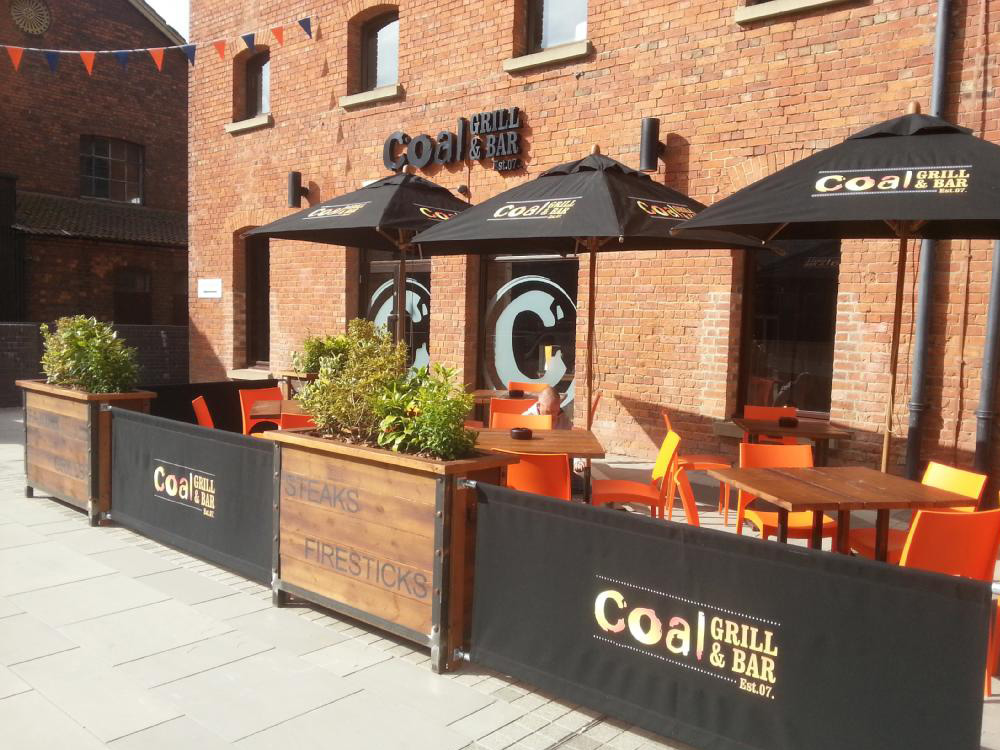Event branding is a crucial aspect of marketing and communication, encompassing the process of creating a unique and cohesive identity for an event. It involves the strategic use of design, messaging, and overall aesthetic to ensure that the event stands out, resonates with the audience, and leaves a lasting impression.
Event Branding & Solutions
Crafting a Memorable Experience
Event Branding
- Importance of Event Branding
- Identity and Recognition: Effective branding helps establish a distinct identity for the event, differentiating it from others. This identity is communicated through logos, color schemes, typography, and other visual elements that make the event easily recognizable.
- Audience Engagement: A strong brand can create emotional connections with the audience. When attendees feel a personal connection to the event, they are more likely to engage with it, participate actively, and even promote it to others. This engagement can be fostered through consistent messaging and interactive experiences that align with the event's brand values.
- Consistency Across Channels: Consistency in branding across various platforms and materials—such as websites, social media, promotional materials, and on-site decorations—reinforces the brand identity. This uniformity ensures that attendees have a seamless experience before, during, and after the event.
- Memorability and Impact: Memorable branding contributes to the overall impact of the event. By creating a cohesive and immersive environment, the event can leave a lasting impression on attendees, encouraging them to return in the future and share their positive experiences with others.
- Trust and Credibility: A well-branded event exudes professionalism and reliability, which can enhance trust and credibility among attendees, sponsors, and partners. This perception can lead to increased attendance, higher sponsorship interest, and overall success.

Stand Out with Customized Branding Solutions
Key Elements of Event Branding
Event branding is more than just a logo or a catchy tagline; it's about creating a comprehensive and immersive experience that resonates with attendees and leaves a lasting impression. By focusing on visual identity, consistent messaging, and overall experience design, organizers can craft an event that not only meets its objectives but also builds a loyal and engaged community around its brand. Effective event branding transforms a gathering into an unforgettable experience, fostering connections and leaving a lasting legacy.
The visual identity includes the event logo, color palette, typography, and design elements. These should be chosen thoughtfully to reflect the event's theme, values, and target audience. The visual identity should be consistent across all materials, including signage, banners, brochures, and digital platforms.
In today's digital age, an event's online presence is a significant component of its branding. This includes a well-designed website, engaging social media content, and effective email marketing campaigns. These digital touchpoints should reflect the event's branding and provide a seamless user experience.
The attendee experience should be considered in all aspects of branding. This includes the layout and design of the event space, the tone and style of communication, and interactive elements that engage participants. A well-designed experience enhances the overall perception of the event and ensures that the brand is consistently represented throughout the attendee journey.
The theme of the event, supported by a strong narrative, can provide a coherent story that ties all elements together. Messaging should be clear, concise, and aligned with the event's objectives, resonating with the audience and conveying the event's purpose and values.
Collaborations with sponsors and partners should align with the event's brand values and identity. These relationships can enhance the event's credibility and reach, but it is crucial that the integration of partner branding is seamless and does not dilute the event's own identity.
BRANDING SOLUTIONS
Core Components of Branding Solutions:
1. Brand Identity: Brand identity is the visual and verbal representation of a brand. It includes elements such as the logo, color palette, typography, and imagery, which together create a unique and recognizable look. A strong brand identity helps consumers easily identify and remember a brand, fostering trust and loyalty. Developing a brand identity involves designing a logo that embodies the brand’s values and essence, choosing colors and fonts that align with the brand's personality, and creating visual assets that convey a consistent message.
2. Brand Strategy: A brand strategy outlines the long-term plan for achieving specific goals related to brand awareness, positioning, and equity. It includes defining the brand’s mission, vision, and values, as well as identifying target audiences and understanding their needs and preferences. A well-crafted brand strategy guides all branding efforts and ensures that every touchpoint with the customer is aligned with the brand’s core message. It involves market research, competitive analysis, and the development of positioning statements that articulate what makes the brand unique.
3. Brand Messaging: Brand messaging encompasses the language and tone used to communicate with the audience. It includes the brand’s key messages, taglines, and storytelling elements. Effective brand messaging should resonate with the target audience, clearly convey the brand’s value proposition, and differentiate it from competitors. Consistency in messaging helps reinforce the brand’s identity and ensures that all communications are coherent and aligned with the brand’s overall strategy.
4. Brand Experience: Brand experience refers to the overall impression and emotional response that customers have when interacting with a brand. This includes every touchpoint, from the website and social media to customer service and product packaging. Creating a positive brand experience involves ensuring that all interactions are consistent with the brand’s values and promise. It requires a deep understanding of customer expectations and a commitment to delivering exceptional experiences that foster loyalty and advocacy.
5. Brand Management: Brand management involves monitoring and maintaining the brand’s reputation and ensuring that all brand elements remain relevant and effective over time. This includes managing brand perceptions, handling brand crises, and adapting to changes in the market. Effective brand management also involves tracking key performance indicators (KPIs) to measure the impact of branding efforts and making data-driven decisions to refine and optimize the brand strategy.

Customized Branding Solutions
Implementing Branding Solutions
Implementing branding solutions requires a strategic approach and collaboration across various functions within an organization. It begins with a comprehensive brand audit to assess the current state of the brand and identify areas for improvement. From there, a branding plan is developed, outlining the steps and resources needed to achieve the desired brand objectives.
Branding solutions should be tailored to the specific needs and goals of the brand. This may involve working with branding experts, designers, and marketers to develop and execute the branding strategy. Continuous evaluation and adaptation are crucial to ensure that the brand remains relevant and continues to resonate with its audience.
In summary, branding solutions are essential for creating a strong and distinctive brand presence. By focusing on brand identity, strategy, messaging, experience, and management, businesses can build a brand that not only stands out in the marketplace but also fosters lasting connections with its audience.

